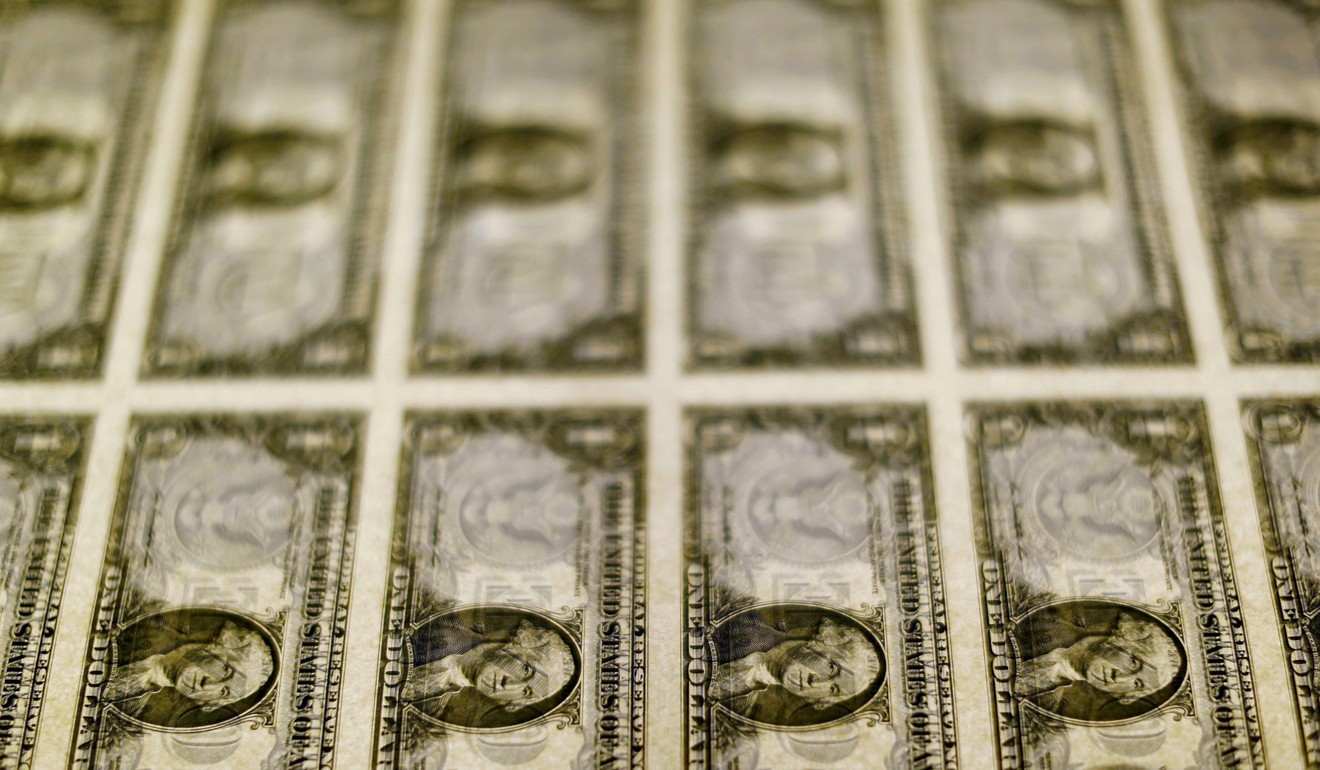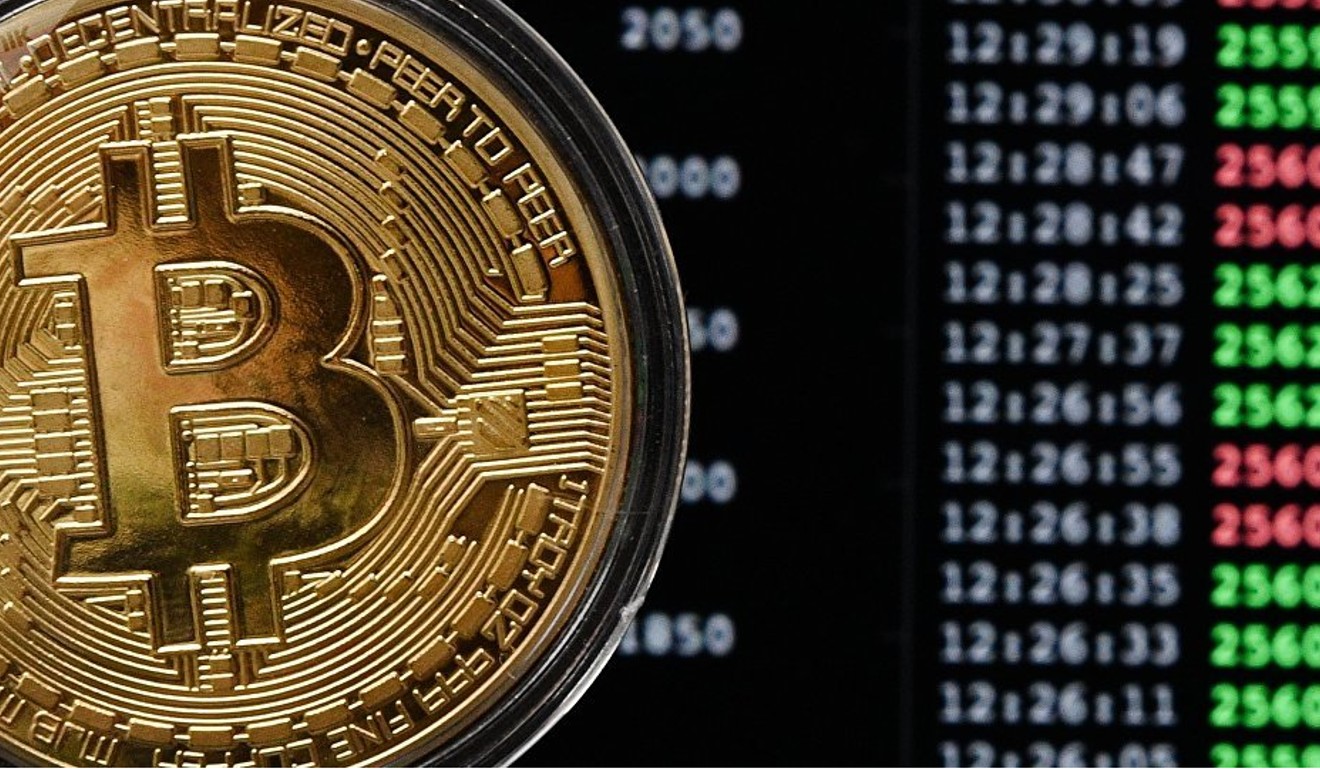
A columnist confesses: I nailed belt and road, Hong Kong stocks not so much
- From bitcoin to Huawei, Tom Holland takes stock of 2018 and comes clean about his crystal ball hits and misses
Newspapers, complained the British prime minister Stanley Baldwin in 1931, enjoy “power without responsibility – the prerogative of the harlot throughout the ages”.
The influence of the press is greatly diminished since Baldwin’s day. Yet there remains an uneasy feeling that newspapers, and newspaper columnists in particular, get away with far too much, writing whatever ill-informed nonsense pops into their heads without ever being held to account.
So with 2018 drawing to a close, and Abacus now more than 100 columns old, this seems like a good time to look back over the last year or so to assess how my analyses have panned out, and how my forecasts have withstood the harsh test of time.
Why the Hong Kong bull market is set to run and run
The reasoning was sound enough – as far as it went. I argued that the fears of international investors that China would suffer a crippling financial crisis were grossly exaggerated. As a result, they were underinvested in the Hong Kong market. When they woke up, Hong Kong-listed stocks would play catch-up.
As it turned out, that column pretty much coincided with the Hong Kong market’s all time high. In the following months, far from rallying further, it would give back all its gains and more, to sit 14 per cent down on the year last Thursday.
So how did I get things so catastrophically wrong? First, I didn’t foresee the short squeeze executed just a few days later on US volatility traders, which knocked 10 per cent off the value of US equities in a matter of days and severely dented sentiment towards stock markets around the world.

Second, I failed to appreciate how badly the rally in the US dollar triggered by that risk-off move would injure non-US markets. Coupled with a tight supply-demand balance for oil, which drove the price of crude up 38 per cent over the next nine months, the US currency’s strength saw liquidity tighten across much of the world, and stock markets, including Hong Kong’s, sell off heavily.
It was a bad mistake. But it didn’t stand for long. Within two weeks, I had revised my call, warning that conditions were changing, and that financial markets were heading for a year of heightened volatility.
US$400 billion? Er, calm down. The MSCI is no biggie for Chinese stock markets
Abacus would be a very dull column if it only concerned itself with financial markets. Over the last year or so it has explored many other themes – and happily most of its forecasts have proved more accurate than January’s disastrous call on the Hong Kong stock market.

For example, Abacus sounded the alarm early over deepening economic tensions between the US and China. Back in March it warned that “in the coming months, the US is likely to slap tariffs, fines and other penalties on specific Chinese companies and sectors” in what threatened to become “a new economic and technological cold war directed at China”.
US-China trade war: not about trade, not about Trump. Here’s what it is about
Don’t ask why US acted against China’s Huawei. Ask: why now?

Time and again over the last two years, the column has tackled misconceptions about China’s economy, arguing that Chinese banks were not about to collapse, that it was not about to see mass capital flight, and that its debt-laden financial system was not heading for a Lehman-style meltdown.
Equally, it also argued that Xi Jinping was no economic reformer, and that Beijing was not about to prop up sagging growth rates with a 2009-style stimulus programme; all forecasts that have subsequently proved correct.
But Abacus’s most consistent and most prescient call has been that China’s “Belt and Road” international infrastructure development programme was heading for trouble.
Why China’s ‘One Belt, One Road’ plan is doomed to fail
As far back as August 2016, the very first Abacus argued that China was proposing excessively costly debt-funded projects in countries that had little capacity to absorb them economically. China, it warned, “will end up building white elephants, wasting money, and encouraging corruption on a scale never before seen”.
At the time, the column attracted much excoriating criticism. Nearly two and a half years later, its arguments have become so accepted that last week the South China Morning Post’s editorial page announced that “the Belt and Road has failed”.
But I’m still burning with embarrassment and shame about that bad Hong Kong stock market call.
Tom Holland is a former SCMP staffer who has been writing about Asian affairs for more than 25 years

